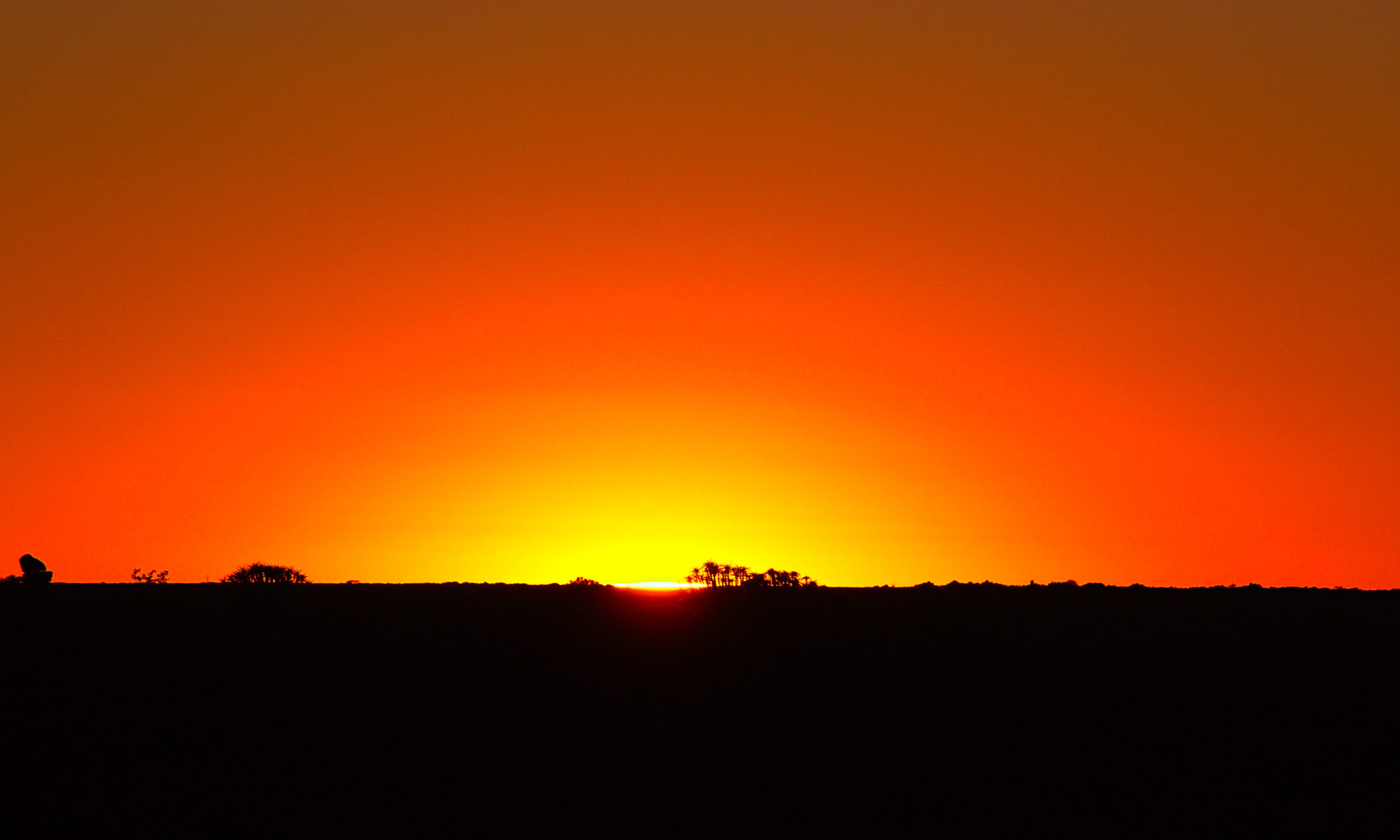After a rather uncomfortable evening in the freezing storm by the fire in Joshua Tree National Park, we finally decided to give up and find a hotel in Twentynine Palms. From there we started again in the early morning in the park with icy temperatures, but this time less wind to a hike of about 10 km through the park in later best weather.
Joshua Tree National Park is a unique and stunning natural area located in Southern California. The park is named after the Joshua tree, a species of yucca that is found only in the Mojave Desert and is an iconic symbol of the park. The park covers over 790,000 acres and is home to a diverse array of landscapes, plants, and animals.
The park is divided into two distinct desert ecosystems: the lower, hotter Colorado Desert and the higher, cooler Mojave Desert. The Colorado Desert is characterized by its wide open spaces, sand dunes, and rocky canyons. The Mojave Desert, on the other hand, is known for its rugged granite boulders, Joshua trees, and a wide variety of other desert plants and animals.
One of the main attractions of Joshua Tree National Park is the incredible variety of outdoor recreational opportunities it offers. Visitors can hike, rock climb, camp, and enjoy the park’s scenic drives. The park is also a popular destination for stargazers, as it is one of the best places in the continental United States to view the night sky.
The park’s campgrounds offer a range of options for visitors, from RV hookups to backcountry camping. Visitors can also stay in one of the park’s two campgrounds which offer amenities like hot showers, flush toilets and picnic tables.
The park is also home to a rich cultural history. The park is home to many historic mining sites and homesteads, and visitors can learn about the area’s past and the people who lived and worked here.
However, Joshua Tree National Park also faces some challenges, including overcrowding and resource damage. In recent years, the park has seen a significant increase in visitors, leading to overcrowding, damage to the desert ecosystem, and a strain on park resources. In addition, the park also faces threats from climate change, including rising temperatures and increased frequency and severity of droughts.
Despite these challenges, Joshua Tree National Park remains a treasured and unique natural area, offering visitors the opportunity to explore and enjoy the beauty and diversity of the desert. The park staff is working hard to address these challenges, and visitors are encouraged to do their part by following Leave No Trace principles, respecting park rules and regulations, and being mindful of their impact on the park’s fragile desert ecosystem.
